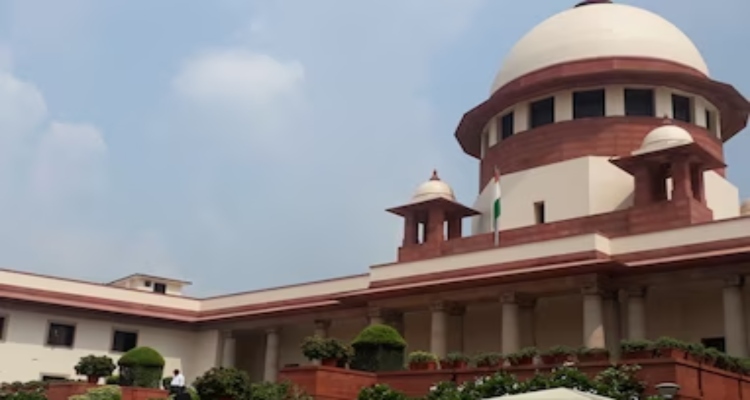
The Supreme Court on Thursday relieves the conditions for High Courts to recommend the appointment of retired judges on an ad hoc basis, aiming to address the growing backlog of cases.
A three-judge bench led by Chief Justice of India (CJI) Sanjiv Khanna, along with Justices B.R. Gavai and Surya Kant, ruled that each High Court could appoint between two to five retired judges, provided the total number does not exceed 10% of the court’s sanctioned strength. The ad hoc judges will serve on benches presided over by sitting judges and primarily handle pending criminal appeals, the court clarified.
“We further observe that each High Court may appoint ad hoc judges by taking recourse to Article 224A of the Constitution, ensuring that the number of such judges remains within the 10% limit of the sanctioned strength,” the court stated in its order.
The ruling came in response to a petition filed by NGO Lok Prahari, which highlighted the severe backlog of cases in various High Courts. The court acknowledged the alarming rise in pending cases, citing data from the National Judicial Data Grid (NJDG). As of January 25, 2025, over 62 lakh cases are pending across Indian High Courts, including more than 18.2 lakh criminal cases and 44,000 civil cases.
Previously, in April 2021, the Supreme Court had directed that ad hoc judge appointments should not be made if more than 80% of the total High Court judge positions were already filled or recommended.
However, in light of the worsening pendency, the court lifted this restriction. It clarified that High Courts could now appoint ad hoc judges irrespective of existing vacancies, provided they do not exceed the 10% limit.
This decision is expected to expedite case disposal and reduce delays in the judicial system, offering relief to thousands awaiting justice.




